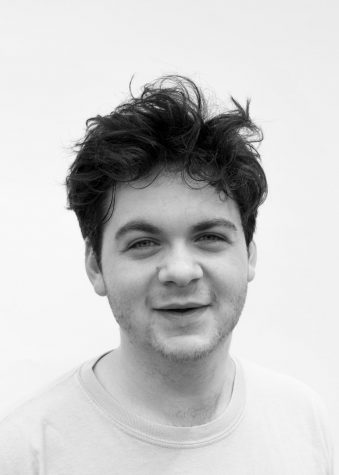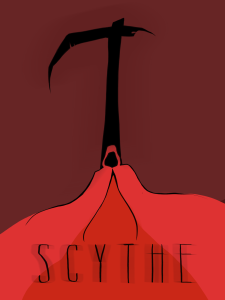Ukrainian Alt-Right Still a Major Part of the Anti-Russian Imperialism Movement
October 2, 2021
Kyiv was on fire. Huge barricades had been built throughout the center of the city. Protestors were being shot down by snipers—yet they somehow managed to push forwards, and the once-white snow was now scarlet red. The Euromaidan protests began as a small rally three months earlier, demanding that Ukraine sign a free trade agreement with the EU, but by February 2014, it had evolved into a revolution, leaving at least 110 protestors dead. However, Euromaidan was successful: President Viktor Yanukovych–long seen as a Russian puppet–fled the country, the EU agreement was signed, and the government agreed to significant reforms such as “Amendments to the Ukrainian Constitution on the judiciary and … greater transparency to combat corruption.”
Russian President Vladimir Putin, knowing that his Ukrainian puppet regime had collapsed, quickly took action against the new government. Five days after Euromaidan ended, Russian special forces without identifying insignias invaded Crimea and facilitated Russia’s annexation of the peninsula. Two months later, Putin sent more of these “little green men” into the Donbas region of Eastern Ukraine, igniting a regional war between Ukraine and Russia-backed separatists. The view of many in the West is that the continuing conflict is simply “good versus evil”: innocent Ukrainians besieged by Russian intruders. But this omits one key fact about the Euromaidan protestors, anti-Kremlin activists, and the Ukrainian armies and militias fighting in the Donbas: many are alt-right nationalists and neo-fascists.
Even during Euromaidan, alt-right militias were heavily involved. The largest such faction, the Right Sector, launched counterattacks against riot police in 2014 and became one of the loudest voices in the protest movement. According to the BBC, “Mr Yarosh [the group’s leader] was saying the Right Sector had 500 fighters on Independence Square and could mobilise up to 5,000 nationwide, although close observers of the protests doubt this.” Many even argue that Euromaidan would not have been successful without the Right Sector’s support and armed protection.
After Euromaidan, thousands of Ukrainians joined militias, such as the infamous Azov Battalion, which is largely made up of self-described neo-Nazis and has been accused by the UN of war crimes, illegal imprisonments, torture, and rape. While the Battalion’s commanders deny these allegations—claiming to be simple patriots—echoes of the Azov Batallion’s alt-right viewpoints are visible throughout the nationalist ecosystem of Ukraine.
Another nationalist group accused of neo-Nazi sympathies, the Freedom Party, has grown influential in Ukrainian politics and society. While the party lost parliamentary seats in the landslide election of 2019 that brought Volodymyr Zelensky to office, the Freedom Party remains at the forefront of the Ukrainian nationalist movement, building influence through programs such as summer camps. In these camps, teens are trained to see Russian separatists and those who they see as creating “challenges that could completely destroy” European culture (LGBTQ+ people, Muslims, etc.) as subhuman—and to fight them with overwhelming violence. According to instructor Yuri Cherkashin, “we don’t count separatists, little green men, occupiers from Moscow as human beings, so we can and should aim at them.” To the Freedom Party, alt-right politics are necessary to fight Russian influence.
While the ascendance of centrist parties in government has diminished the alt-right’s political influence, they still have great sway over the social and grassroots political scene. There is also always a chance of alt-right parties making a comeback in Ukraine. CRLS history teacher Mr. Zachary Montgomery told the Register Forum, “My fear for Ukraine is that if their political institutions should break down again, as they have in the recent past, these alt-right and nationalist groups will use that as an opportunity to gain more political power and public support.” The fact is that Ukraine’s anti-Russia movement is not monolithic and a simple case of “good versus evil,” but is supported by different constituencies with different aims. While an anti-authoritarian, pro-democracy strain motivates many, the movement also derives significant strength from nationalists who are prone to violence and intolerance, a reminder that political reality is seldom simple.










